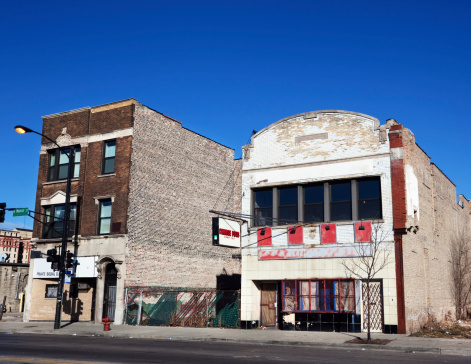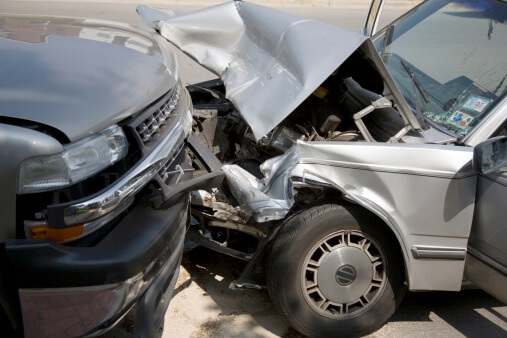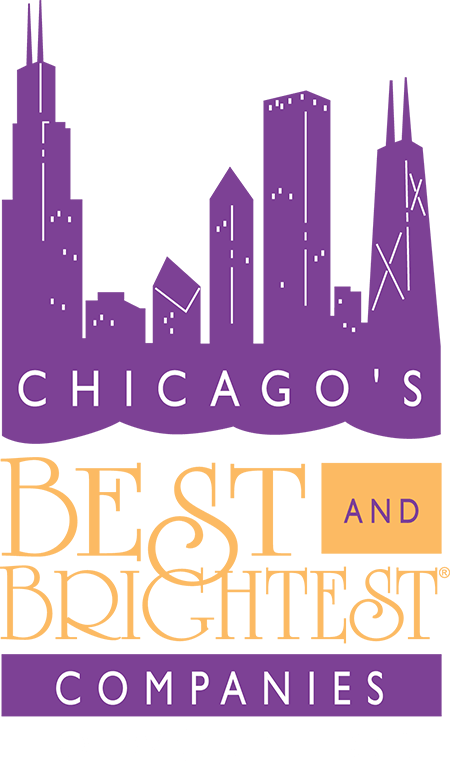Recently, Mayor Lori Lightfoot unveiled that transportation officials in Chicago would undertake a new Vision Zero traffic safety plan on the city’s west side, according to an article in StreetsBlog.
Lightfoot was joined by alderman Howard Brookins Jr. (21st), Walter Burnett Jr. (27th), and Jason Ervin (28th), as well as the Chicago Department of Transportation (CDOT).
In a statement, Lightfoot explained why the West Side initiative is so critical.
“Studies show residents who live in communities that experience economic hardship are three times more likely to die as a result of a traffic crash, which is why our Vision Zero plan and investments are as much about equity as they are about safety,” said Lightfoot. “We must change how we design and use streets, as any traffic-related death is unacceptable when we, as a city, have the tools and strategies to prevent the conditions that lead to these tragedies.”
What safety improvements does the city intend to make?
This collaborative effort comes on the heels of the Vision Zero Chicago Action Plan, which was released in 2017 and identified areas of the city with the greatest crash risks. Out of eight sections with high crash rates, seven were identified in the city’s West and South sides. CDOT also plans to make safety improvements in Chicago’s South Side in 2020.
The initiative will focus on preventing pedestrian crashes in East and West Garfield Park, North Lawndale and Austin. In those areas, officials recommend the following:
- Improve safety around transit stations.
- Make walking and bicycling to school safer.
- Install pedestrian islands and curb extensions.
- Make safety improvements to the pedestrian-hostile “Five Corners” intersection of Ogden, Pulaski and Cermak.
“The safety of Chicago’s streets is CDOT’s top priority, and we are pleased that we’ve been able to work with community stakeholders on the West Side to create a Vision Zero plan that reflects the needs of local residents,” said Tom Carney, acting CDOT commissioner.
Are community concerns being addressed?
Oboi Reed, founder of Slow Roll Chicago and Equiticity, is an advocate for Chicago’s West Side initiative. He believes that the role of law enforcement in this safety initiative is crucial, but only when administered with care.
His feedback is noted in the West Side plan:
“Residents would like to see the Chicago Police Department involved in Vision Zero primarily through education and community engagement events rather than increased enforcement. Regarding traffic safety enforcement, the Vision Zero Chicago Action Plan prioritizes education over fines or other punishment. Traffic safety interactions are to be treated as educational opportunities in most cases.”
In addition, Reed addressed the need for infrastructural improvements in the city’s most poverty-stricken areas.
“We are further encouraged by the discussion of dedicated funding for infrastructure,” he said. “We encourage the mayor to apply a clear racial equity lens to all infrastructure funding under her purview, to ensure the most funding is going to the communities that need it the most. In our city this is Black and Brown neighborhoods.”
Until we see safety improvements in our city, pedestrians will likely continue to face the dangers posed by negligent drivers. That’s why the pedestrian accident attorneys at Coplan + Crane are dedicated to protecting the rights of injured pedestrians.
If you were hurt because of a driver’s reckless and careless behavior, contact our law office to find out how we can help you.
















